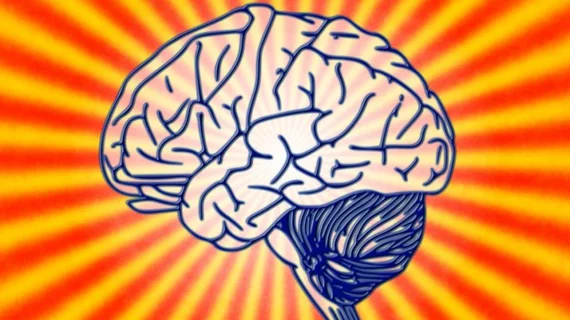fMRI identifies brain patterns associated with consciousness
An international group of researchers found evidence of unique patterns of brain activity that may explain the neurological difference between consciousness and unconsciousness, according to a Feb. 6 study published in Science Advances.
The team collected fMRI data of 159 participants from four different institutions. Included in the group were healthy patients, those diagnosed with unresponsive wakefulness syndrome (UWS)—also called a vegetative state—and patients in a minimally conscious state (MCS).
After analyzing how changes in the fMRI blood oxygenation level-dependent (BOLD) signal coordinated across 42 brain regions, the group found four distinct patterns. Pattern 1 showed high complexity with long-distance brain-wide coordination between regions, and pattern 2 showed low inter-areal coordination. Patterns 2 and 3 were thought to be transitional states.
Furthermore, pattern 1 was seen in more healthy, conscious participants, followed by those in the MCS group. Pattern 4 was found in more unresponsive patients than those with MCS, and least likely in the healthy cohort. Patterns 2 and 3 had the same probability of occurring in all groups, the authors found.
“Together, our results suggest that, following loss of consciousness, coordinated brain activity is largely restricted to a positive pattern of interareal coherence dominated by the anatomical connections between brain regions,” wrote first author Athena Demertzi, of University of Liège in Belgium, and colleagues. “In contrast, conscious states are characterized by a higher prevalence of a complex configuration of interareal coordination that, while still constrained by brain anatomy, also deviates from it and presents both positive and negative long-distance interactions.”
In an effort to further characterize coordination dynamics, Demertzi et al. wrote, the researchers computed the likelihood of transitioning between the four brain patterns. Results showed people who are more likely to fall into pattern 1—people with higher levels of consciousness—also had a higher probability of moving toward patterns 2 and 3. Participants in the UWS group were more likely to remain in pattern 4 and stay there.
“We conclude that these patterns of transient brain signal coordination are characteristic of conscious and unconscious brain states, warranting future research concerning their relationship to ongoing conscious content, and the possibility of modifying their prevalence by external perturbations, both in healthy and pathological individuals, as well as across species,” the group wrote.

